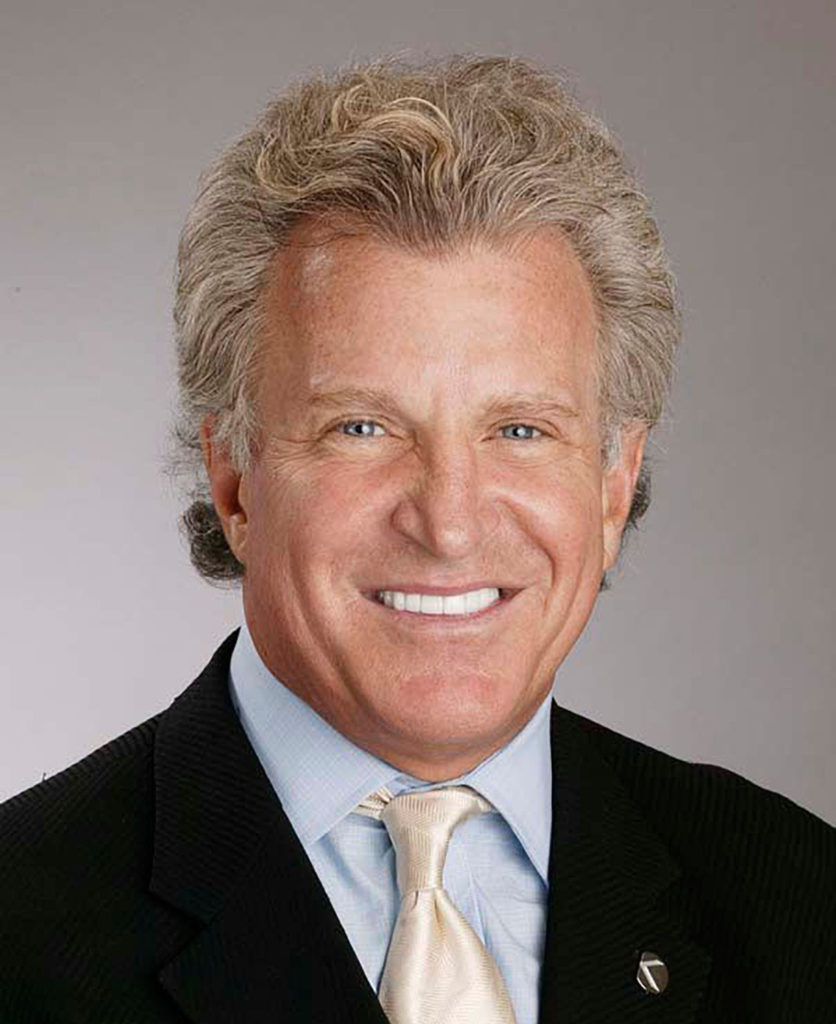
“Home is the biggest four-letter word in healthcare right now,” Raphael Rakowski, co-founder and executive chairman of technology-enabled service company Medically Home, told McKnight’s Home Care Daily. He made that bold declaration before appearing virtually Tuesday at the World Hospital at Home Congress.

Rakowski started the Boston, MA-based company, five years ago to provide turn-key solutions to hospital-at-home (HAH) providers. Now, 13 months into a global pandemic, Rakowski said HAH has proven itself and is poised for rapid growth.
“Now that we’ve had all of the research that has been done around the world on this model, now that we have a significant amount of momentum — a lot of it propelled by COVID — now is the time to actually scale the model significantly at every level,” Rakowski said.
Study supports HAH
New study results from the United Kingdom appearing in the Annals of Internal Medicine lend evidence to his optimism. Researchers at the University of Oxford conducted a study of 1,055 older persons referred for a hospital admission. They found that seniors admitted to a hospital versus those treated in a hospital-at-home setting had similar outcomes. Among seniors treated at home with a comprehensive geriatric assessment, 78.6% were living at home at the six-month follow-up, versus 75.3% in the hospital admission group. Also, 16.9% of those at home versus 17.7% in the hospital had died, and 5.7% versus 8.7% were in long-term residential care.
HAH has been gaining momentum since the Centers for Medicare and Medicaid Services (CMS) rolled out the Hospitals Without Walls program in March of 2020. The program provided broad regulatory flexibility in the way hospitals deliver acute care beyond their facilities. The program was expanded again last November. So far, 56 health systems and 127 hospitals are providing hospital-at-home in 29 states.
Personal connection
Rakowski was inspired to start Medically Home following his father’s bout with cancer more than a decade ago. Realizing his father might fare better getting treated at home, rather than in a hospital, he began laying the foundation for Medically Home.
The company provides client hospitals with a 24/7 command center led by physicians and nurses. It connects them to a fleet of services — including equipment to patients’ homes — and provides a technology platform linking everything together.
Rakowski said the average hospital-at-home stay under Medically Home is about 30 days and is less costly because it reduces the cycle of hospital readmissions.
“Our model starts with the premise that patients need to be home for 30 days and not transferred, not handed off, not to have different teams. As they move to the restorative phase, we have the same team doing the work the entire time,” Rakowski said.
Rural initiative announcement
Medically Home counts large hospital systems, including Rochester, MN-based Mayo Clinic and Chapel Hill, NC-based UNC Health as its clients. It serves patients in six states and plans to double that number by the end of the year.
The company will soon unveil perhaps its most ambitious plan yet: an initiative that will deliver hospital-at-home care to a remote, rural community. Rakowski won’t reveal the location yet, but hinted it could involve a Native American community.
“This idea of combining community-based care, integrated with a command center, integrated with rapid response, integrated to the software allows us to have longitudinal, full continuum care for people in rural part of the country,” said Rakowski.
CMS has yet to decide if it will continue to allow HAH to continue expanding beyond the pandemic. Rakowski urged the World Hospital at Congress to aggressively publicize data that supports the model and urge regulators to expand the model in the U.S. and across the globe.




